EM@3AM: Stercoral Colitis
EMDocs
JANUARY 11, 2025
Operative management is necessary for signs of peritonitis, evidence of perforation, extensive bowel involvement >40cm, or after failed medical management. 2-4, 6, 8, 9, 12, 13, 14 Operative intervention typically consists of emergency laparotomy with bowel resection, colostomy formation, and Hartmann pouch creation.

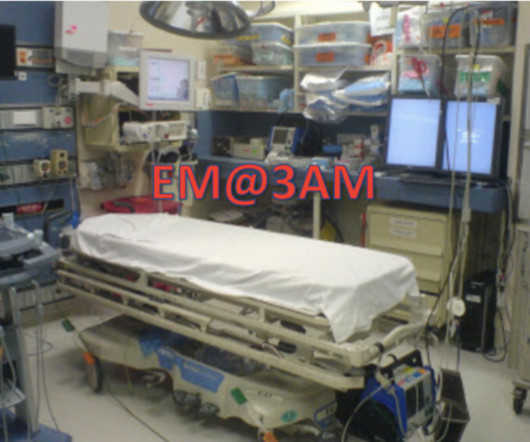

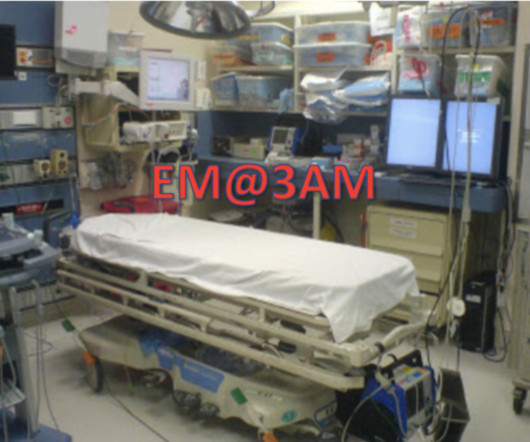


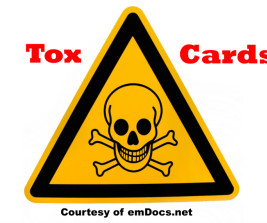
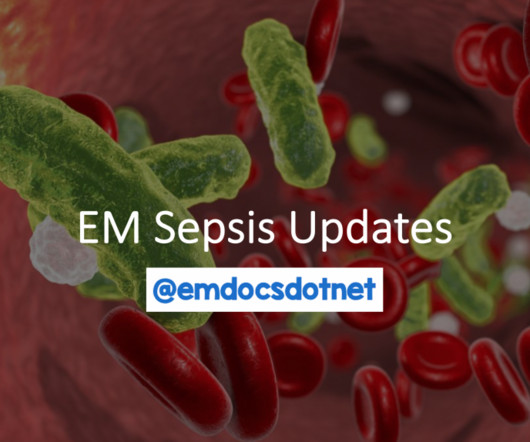




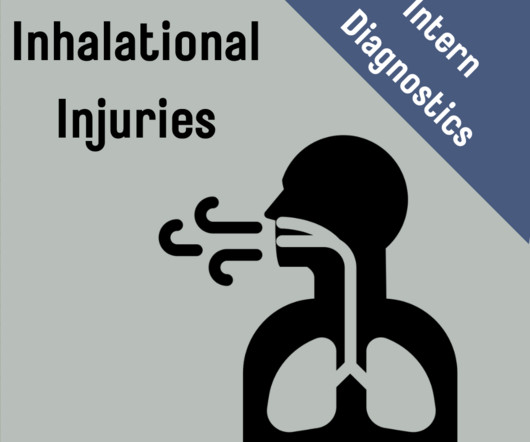






Let's personalize your content